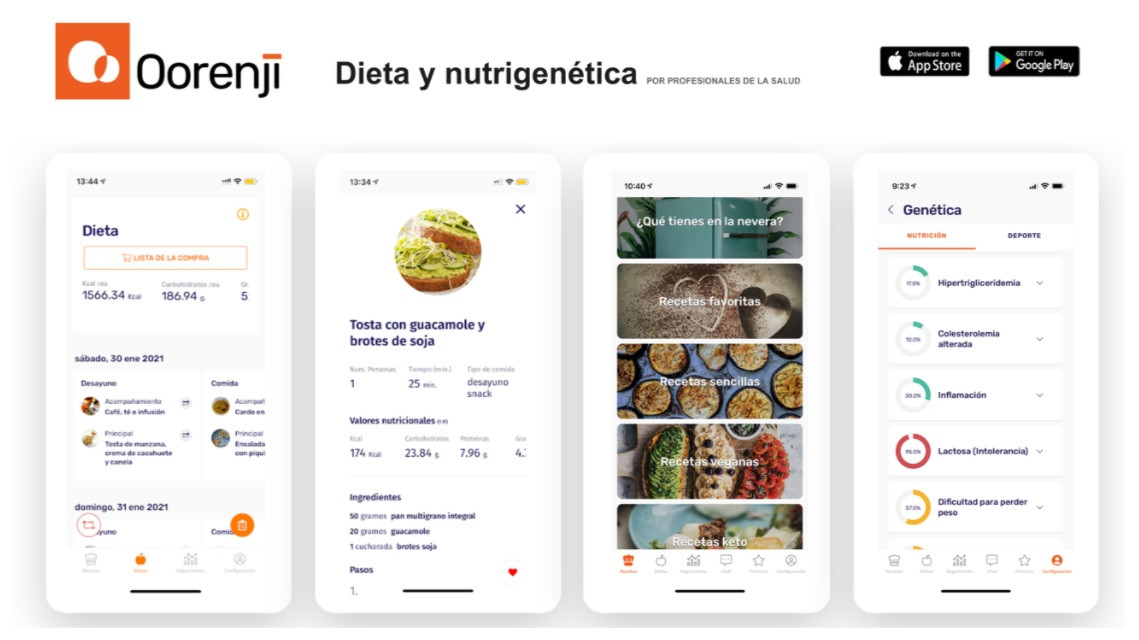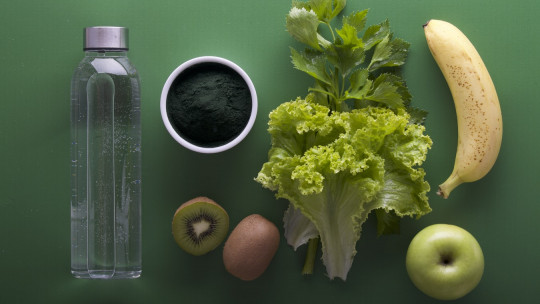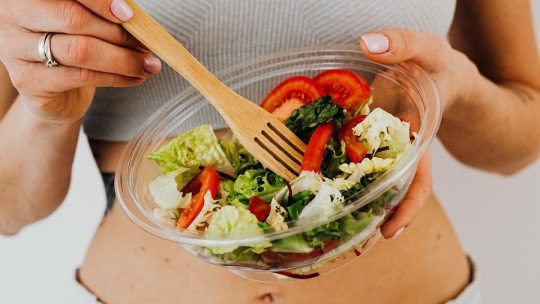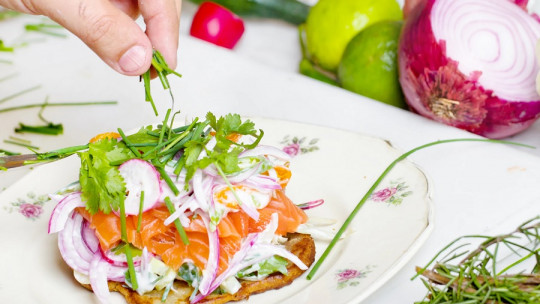In recent years, nutrigenetic tests have been positioned as a key tool within personalized nutrition ; that is, nutritional advice that is completely adapted and individualized to the person who requests it.
Nutrigenetics is part of nutrigenomics, the science that combines nutrition and genetics Specifically, it studies how our genes can influence or determine the response to a particular nutrient or diet.
Having a correct diet has a lot to do with genes
When we are born we inherit 50% of the genetic information from each of our parents, which makes us unique and unrepeatable. For this reason, each person will be more or less susceptible to developing a pathology, or will be predisposed to presenting a specific phenotype.
Food was not going to be less: more and more studies are coming out that reveal the impact on health that genetics can have in relation to our way of eating. From this scientific evidence arises the need to analyze genetic variants closely related to diet and associated pathologies
And how is it possible to analyze genetics? Technology advances rapidly every year, and what at the beginning of the century cost millions of euros can today be achieved at a very low cost in comparison. A person’s genetics (their DNA) can be analyzed through a blood sample, or more simply, through a saliva sample. The latter is what is generally used to perform nutrigenetic tests.
How does applied nutrigenomics work?
The sample collection process is very simple The company or laboratory in question provides a kit, in which you will find all the steps to follow quickly and easily. In the box there is a tube to collect the saliva, and generally a preservative that will preserve the DNA until it is time to analyze it. It is just a small liquid that must be added directly to the sample before sending it to the address provided by the manufacturer.
This is how non-invasive and easy the procedure for a nutrigenetic analysis is. However, to obtain the most adequate sample possible, there are several things to take into account. You should not eat or smoke one or two hours before collecting the sample It is also not recommended to brush your teeth or drink anything other than water.
Analysis in the laboratory
Once the sample arrives at the laboratory, the process of extraction and purification of saliva DNA begins to subsequently analyze the relevant genetic variants.
These variants are what are known as single nucleotide polymorphisms , that is, variations of a single nitrogenous base in a specific position in the genome. Therefore, it is not a massive sequencing test of all the genetic material, but only very specific positions within the genome are analyzed.
The human genome is made up of more than one trillion base pairs, so there are thousands of possible variations, whose unique combination in an organism is what makes us unique and unrepeatable.
But then what are those variants that they analyze? Based on scientific studies of great evidence, Those variants are chosen that have been closely associated with diet and the predisposition to develop metabolic diseases such as obesity or diabetes.
How does it help us estimate the risk of developing diseases?
Generally, each laboratory prepares a genetic risk index grouping the different selected variants related to a parameter of interest. That is, if it has been seen that the presence of 8 variants predisposes one to having a higher body mass index, all of them are grouped together to prepare the genetic risk index for obesity.
If a person has many of these variants, their genetic risk of developing obesity will be higher compared to another person who only has one or two of these variants. The genetic risk of obesity, type 2 diabetes, hypertension, or gluten intolerance are some of the parameters that are usually included In addition, a person’s response to a diet or dietary pattern determined based on genetics is also studied.
Based on different variants, it can be determined whether a person will respond better or worse to a low-calorie or high-protein diet, for example. All this information is very useful to the dietician-nutritionist when prescribing a diet taking into account the patient’s situation and objective. All these results are usually presented in a more or less visual report, so that the information is intuitive and easy to understand.
What is the best nutrigenetic test?
Currently there are several companies and laboratories that offer this service Each nutrigenetic test will analyze one or other variants, depending on the criteria of the laboratory that developed it.
For this reason, it is very important to be well informed before deciding on an option. It must have been developed by great experts in the field whose scientific criteria are supported by years of experience and research.
Is it a test for life?
Yes, but there are several factors to take into account. The genetic material we inherit from our parents will be the same for the rest of our lives Except for specific mutations that may appear throughout our lives, a person’s DNA does not change. Therefore, the same variant in the same position in the genome will be the same for a person whether it is analyzed by one laboratory or another.
However, the interpretation of the results can change, since a panel of experts may consider different variants relevant to those of another group of experts. For this reason, it is worth finding out about the scientific history of the company or laboratory in question, since The criteria of the scientific team behind each nutrigenetic test is very important
In summary, a nutrigenetic test can provide valuable information that helps a person determine their predisposition to the most common metabolic diseases. Likewise, the dietician-nutritionist can use it to personalize the dietary recommendation to the highest level. The omics revolution is here!

Oorenji: Precision nutrition that integrates Nutrigenetics
Oorenji is an interactive app that will help you plan your personalized weekly menu in a simple way, ensuring nutritional balance and the recommended portions of each food (meat, fish, chicken, legumes, fruits, vegetables and cereals).
Ooreji’s artificial intelligence algorithm takes into account, in addition to each and every one of the general and typical variables of the user (age, sex, physical activity or physical condition of the person), the integration of the genetic information that is obtained from an analysis of a saliva sample.
You can download it directly from the official Android and Apple stores.
Author: Marta Alonso, Dietitian-Nutritionist.









